Are you a budding artist, or someone just interested in the visual side of all these numbers? Well, welcome to the world of being an indie artist, a place that college can only give you a fraction of preparation for.
As a specialized Hard Surface and Environment artist, I recently worked on what is my first indie game from start to finish. Long story short, my hard surface and environment knowledge came in handy for maybe 30% of this project. The rest was hard core googling and taking mini courses to become semi-fluent in what was probably three or four other degrees.
As an indie game artist, you will be the Environment Artist, the Technical Artist, the Lighting Artist, the VFX Artist, the UI Artist and throw some Animation in there too. And that's all just if your game doesn't have characters. Luckily, the company I was working for previously prepared me for engine implementation, lighting, and how to speak with the entities that are called “developers” (a surprisingly large part of making a game when you're only taught how to make things look pretty and not functional).
Working on the art in Cylinder was a worthy challenge, and one I've thoroughly enjoyed. Coming from a larger company, I had so many creative freedoms comparatively. When I first began, I was given outlined concept art and essentially told to have fun. We had a loose idea for style, but nothing concrete. I was able to let my mind free, and really just make assets and designs that I enjoyed and thought looked fun. I chose the colors and materials, and went through many iterations until everyone was happy with what was being produced. I set up temporary lighting that would give an idea of what the environments would look like, and tried to get an overall theme going for the style.
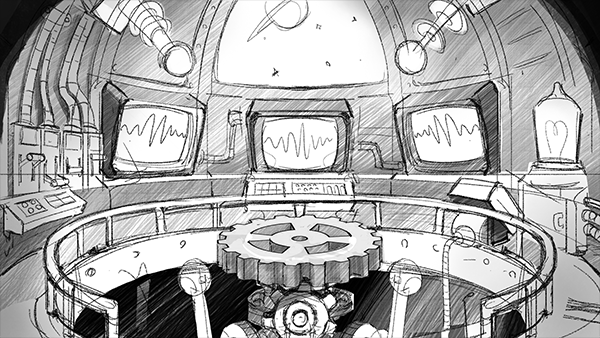
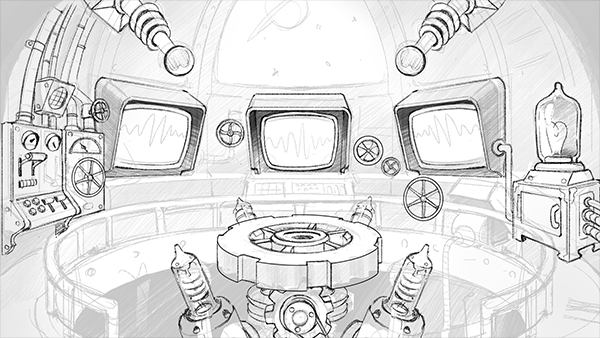
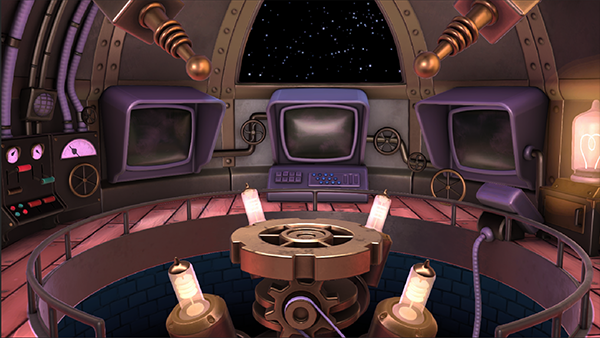
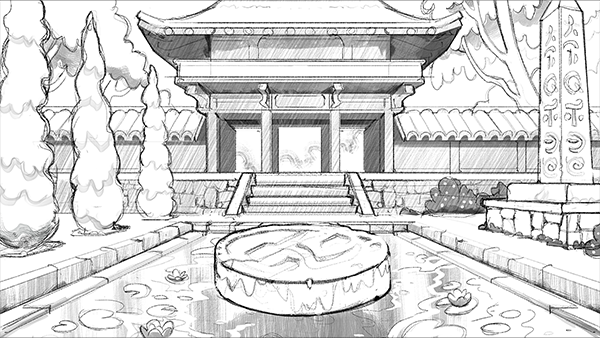
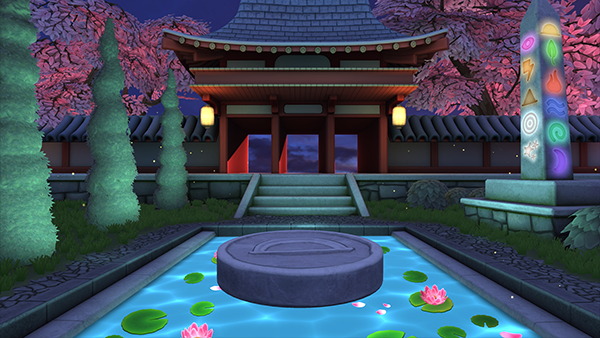
This is about the point where my previous knowledge ended. One of the most important things I learned while working on this project was that the Environments were just the base. They themselves were just static, lifeless even. They were pretty — but not alive. That's where I learned how much movement adds to a game, and that's not something I normally thought about. What are trees without wind, water without ripples or waves, or an ocean with no fish? Thus began the deep dive into VFX. Which turned out to be much more of a rabbit hole than I was expecting. It took months of learning Unity's particle systems and how to create custom shaders for materials before I finally started making effects that actually started looking decent. Youtube tutorials were my best friends during these days, and I will feel no shame in admitting how much I fumbled around with settings until something just worked. The end results were worth the struggles as each environment has so much more interest.
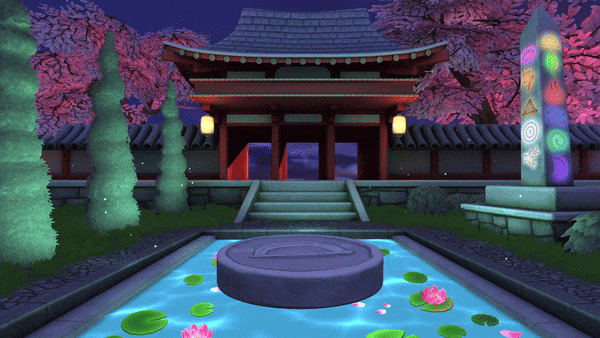
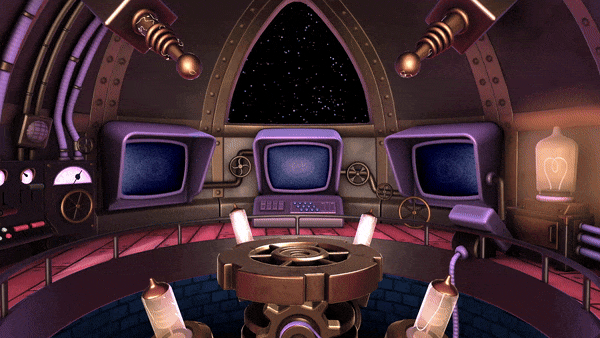
The VFX were a constant thing being worked on throughout the game. Unfortunately, something that wasn't on the radar for longer than it should have been, looking back, was the UI. Which turned out to be a monstrosity that I could not have predicted. Who knew there was so much to User experience and Interface Design? Not me, a 3D artist. We were lucky to get an outside contractor to help to come up with initial designs, as I admit, I was in over my head. Not everyone will get lucky with outside help, though. Something I learned later on was that looking at other games and how they design their UI will save you. There are websites out there that archive UI for games so they're easily accessible for research. They were a lifesaver, as after our initial designs, the UI still needed to be set up and adjusted to fit the scenarios we needed. Researching what works and what doesn't will give ideas on how to make your game much more user friendly in the end, and much more enjoyable in general. Also, getting outside opinions and feedback from people who haven't been working on it day and night will help drastically.
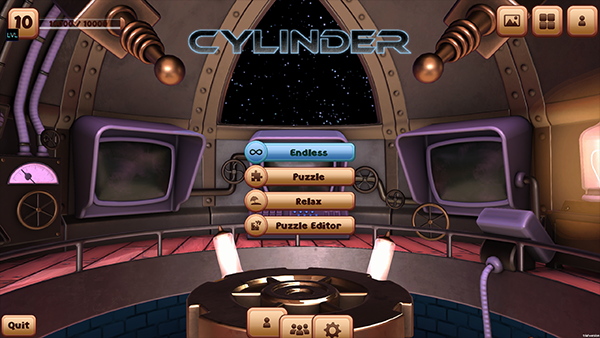
An Older UI Iteration
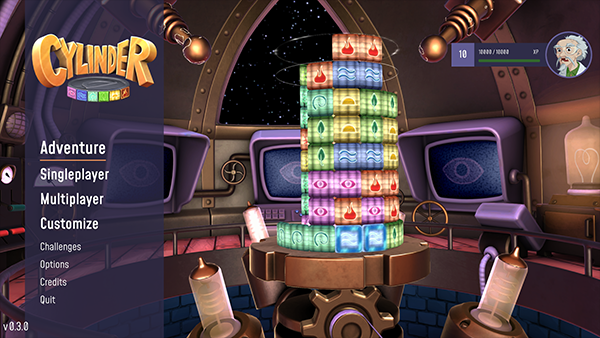
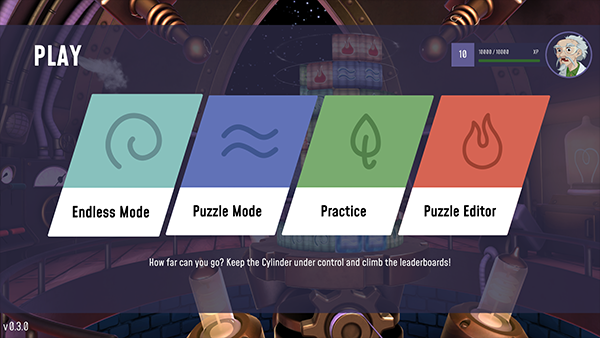
The new, more polished UI
I could go on about endless checklists and bug hurdles that come with just art alone in a game, but I'll spare you the argument on what color something should be and how gradients are king. Looking back on my journey on Cylinder, I'm quite proud of how far I've come with my knowledge as an indie artist. I'm constantly learning new things everyday, and pushing myself to explore concepts and ideas in fields that aren't necessarily in my domain. Experience and diversity really help drive great art and great games.
While I still have a long way to go in knowledge and skills on game development, some advice I would give aspiring artists is to explore outside of what you want your specialty to be. Practice hard on what you love, but start learning other aspects to what goes into every part of the game. Try your hand at adding something extra to your portfolio pieces, for example: special lighting, custom shaders, and particle effects. Learn a bit of animation and how to connect it all to work in a game engine. Even just one of those will elevate your work and help you become a more well rounded artist.
I'm lucky to be working with a great team that's very patient with the time it takes to learn new processes and ideas. They also have a wide range of knowledge that is helpful to lean on and learn from. I’m quite proud of how far we’ve come with Cylinder and am looking forward to its release.
If you're interested in checking out Cylinder, keep an eye out and wish list it on Steam. Any interest is much appreciated! Also, keep an eye out for future articles where we will talk more in depth on the specific challenges we faced with different parts of production.


